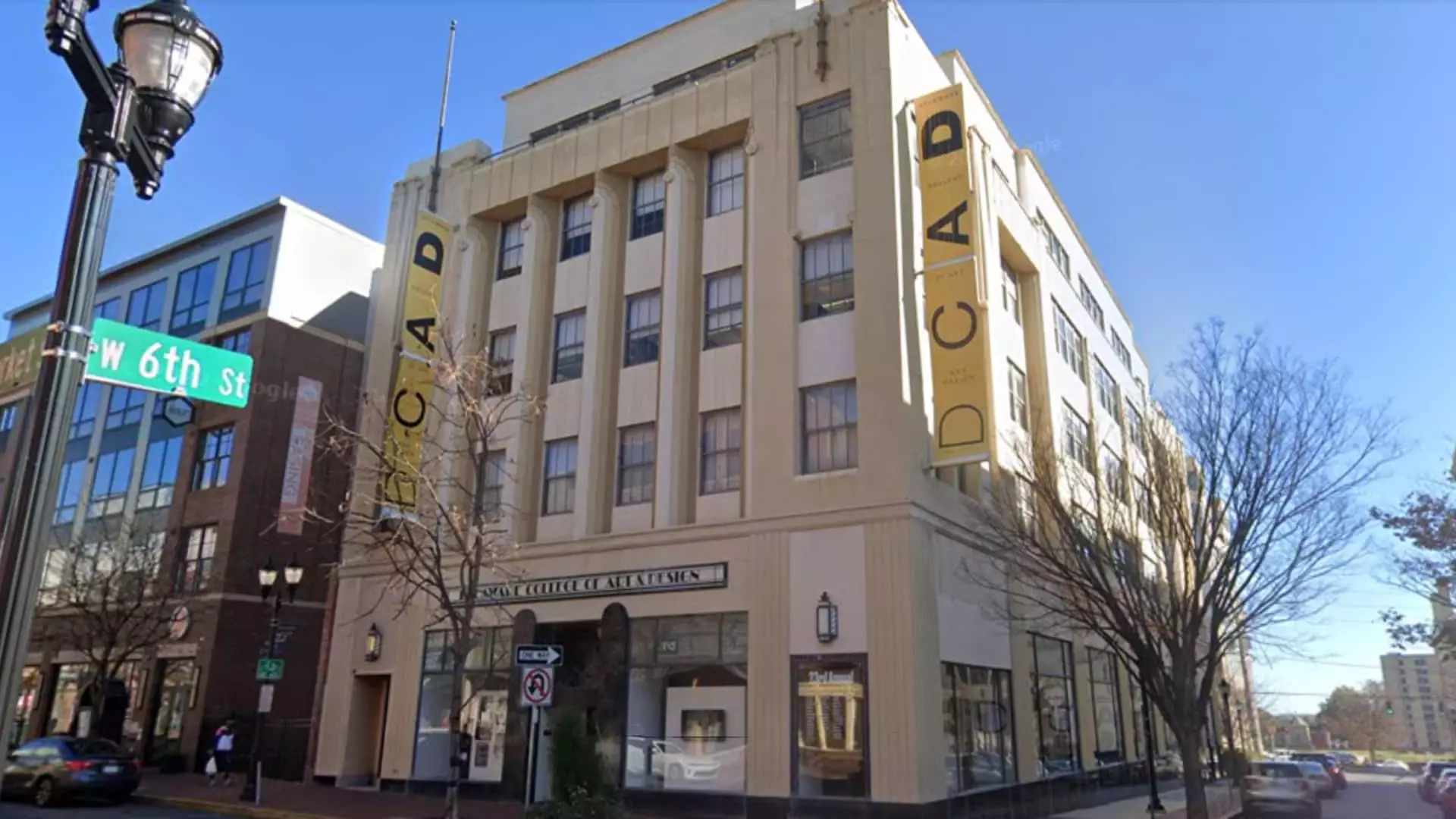The Delaware College of Art and Design recently made the difficult decision to close its doors due to low enrollment numbers for the upcoming school year. This closure was attributed in part to issues with the new Free Application for Federal Student Aid (FAFSA). The college’s president, Jean Dahlgren, acknowledged the long-standing challenges faced by DCAD, including declining enrollment, a shrinking pool of college-age students, rising costs, and unexpected problems with the FAFSA rollout.
Enrollment at DCAD had dropped to 129 students, representing a nearly 10% decrease between 2017 and 2022. This decline in student numbers is a reflection of broader trends in higher education, as the overall population of college-age students is shrinking. This phenomenon, known as the “enrollment cliff,” has put financial pressure on many colleges, particularly small, private institutions like DCAD. Rising costs and inflation have further exacerbated the situation, with more students opting for less costly alternatives to traditional degrees, such as trade programs or apprenticeships.
While DCAD may be one of the first colleges to directly attribute its closure to the challenges posed by the FAFSA rollout, it is unlikely to be the last. Higher education expert Mark Kantrowitz warned that the ongoing problems with FAFSA could lead to a significant decline in college enrollment. The Department of Education is projected to receive 1.5 million to 1.8 million fewer FAFSA submissions this year, potentially resulting in an enrollment decline even greater than that seen during the Covid-19 pandemic. This drop in enrollment would affect college revenue across the board, from tuition and fees to room and board, and could have long-term consequences for the financial viability of many institutions.
The repercussions of declining enrollment and reduced college attendance are likely to be felt for years to come. If students are choosing to forego college entirely due to concerns about affordability, this could have a lasting impact on the higher education landscape. Some four-year colleges may be forced to close permanently if they are unable to overcome the financial challenges posed by declining enrollment and rising costs. The U.S. Department of Education has expressed its commitment to supporting colleges and universities to ensure they have the resources needed to process student records efficiently, make aid offers to students, and encourage enrollment in higher education.
In response to the closure of DCAD, the college has announced plans to assist incoming first-year students and rising second-year students in transferring to partner schools, including the Pennsylvania College of Art and Design and Moore College of Art and Design. This support will help ensure that students affected by the closure of DCAD can continue their education and pursue their artistic aspirations at alternative institutions.
The closure of the Delaware College of Art and Design highlights the significant challenges facing small, private colleges in today’s higher education landscape. The combination of declining enrollment, rising costs, and issues with financial aid applications like the FAFSA has created an uncertain future for many institutions. It is crucial for colleges and universities to adapt to these changing circumstances and seek innovative solutions to ensure the continued access to higher education for all students.

